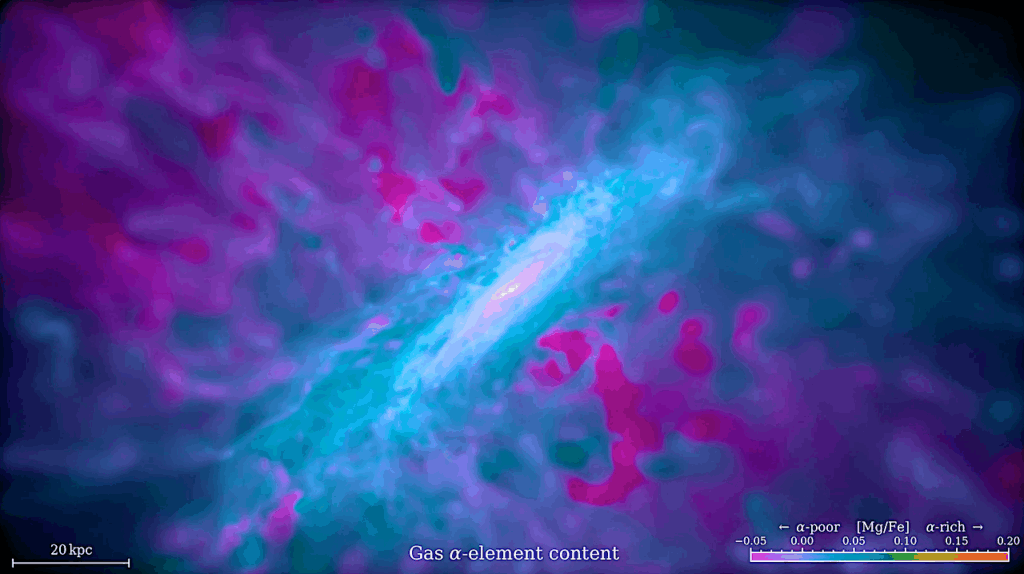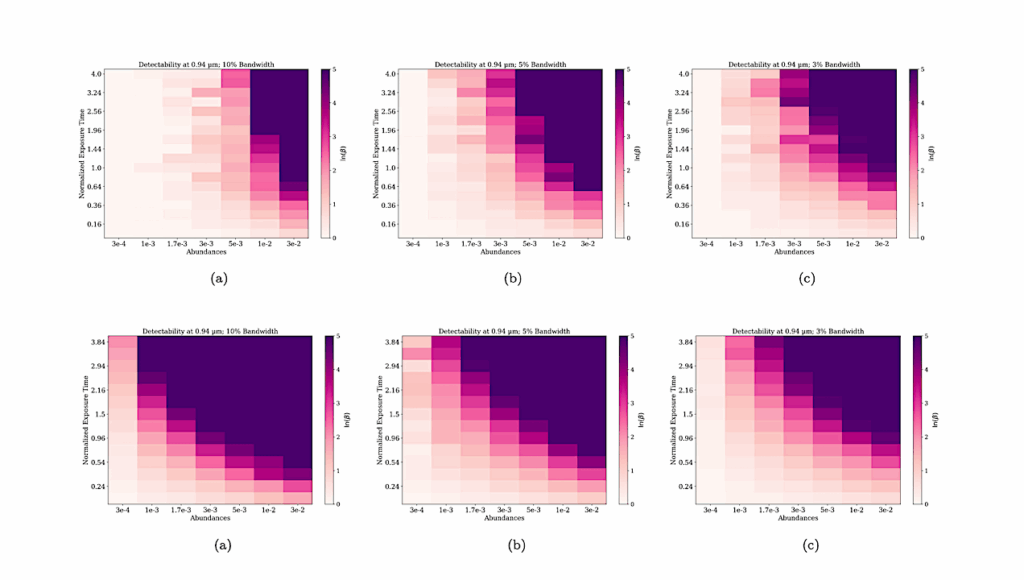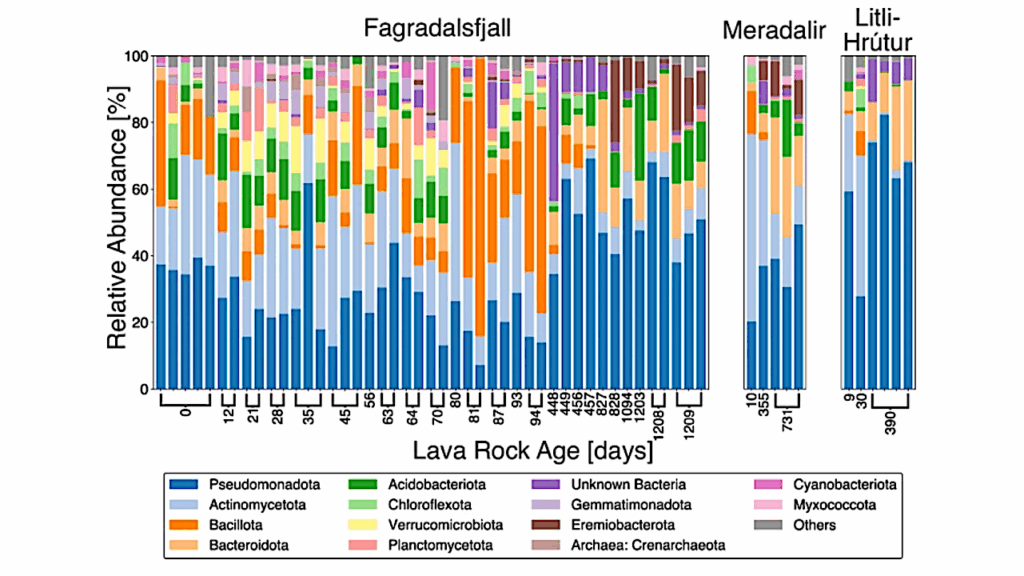Optimizing Photosynthetic Light-harvesting Under Stars: Simple And General Antenna Models

In the next 10–20 years, several observatories will aim to detect the signatures of oxygenic photosynthesis on exoplanets, though targets must be carefully selected. Most known potentially habitable exo-planets orbit cool M-dwarf stars, which have limited emission in the photosynthetically active region of the spectrum (PAR, 400<𝜆<700 nm) used by Earth’s oxygenic photoautotrophs.
Still, recent experiments have shown that model cyanobacteria, algae, and non-vascular plants grow comfortably under simulated M-dwarf light, though vascular plants struggle. Here, we hypothesize that this is partly due to the different ways they harvest light, reflecting some general rule that determines how photosynthetic antenna structures may evolve under different stars.
We construct a simple thermodynamic model of an oxygenic antenna-reaction centre supercomplex and determine the optimum structure, size and absorption spectrum under light from several star types. For the hotter G (e.g. the Sun) and K-stars, a small modular antenna is optimal and qualitatively resembles the PSII-LHCII supercomplex of higher plants.
For the cooler M-dwarfs, a very large antenna with a steep ’energy funnel’ is required, resembling the cyanobacterial phycobilisome. For the coolest M-dwarfs an upper limit is reached, where increasing antenna size further is subject to steep diminishing returns in photosynthetic output.
We conclude that G- and K-stars could support a range of niches for oxygenic photo-autotrophs, including high-light adapted canopy vegetation that may generate detectable bio-signatures. M-dwarfs may only be able to support low light-adapted organisms that have to invest considerable resources in maintaining a large antenna. This may negatively impact global coverage and therefore detectability.

A Incident spectral fluxes, 𝑓𝑝(𝜆,;,𝑇𝑠,,,𝑎sp) for a range of stellar temperatures, 𝑇𝑠. The green and red shaded boxes indicate the approximate absorption windows for oxygenic (photosynthetically active radiation, PAR) and anoxygenic photosynthesis respectively; the red and orange plots are representative of M-dwarf stars while the purple plot is representative of the Sun. B Schematic of the generalized photosystem in which a RC (red) is fed excitons by an antenna composed of multiple light-harvesting proteins (green). Energy rapidly equilibrates within an LHC subunit (dashed) arrows and then hops to another complex (solid arrows). Once on the RC it can reach the trap (blue) where the energy is used to oxidize an electron source and reduce an electron carrier. C A schematic of the PSII supercomplex from plants as it lies in the plane of the membrane (adapted from PDB: 5XNM (Su et al. 2017)). The antenna is composed of different chlorophyll-binding LHC sub-units (LHCII and minor variants plus the ‘core antenna’ complexes). The PSII RC (labelled RCII is shown in red). D schematic of the bilin-binding phycobilisome antenna of the cyanobacterium Synechococcus sp. PCC 7002, as viewed along the plane of the membrane (adapted from PDB: 7EXT (Zheng et al. 2021)). Phycocyanin (PC, blue) sub-units are stacked into branches or rods which radiate out from an antenna core of allophycocyanin (APC, yellow) sub-units. These are connected to essentially the same RCII complex found in plants. E. The lowest energy absorption bands of photosynthetic pigments Bacteriochlorophyll a (red), Chlorophyll a (orange), allophycocyanin (green) and c-phycocyanin (blue). The dashed lines represent Gaussian fits with widths in the range 𝑤=9−16 nm. Note that we do not fit the blue vibronic edge of each pigment, which is quite pronounced for c-PC. F. Schematic of energy hopping between two LHC sub-units (labelled 1 and 2). Here forward transfer, 𝑘1→2, is enthalpically favourable since it involves a reduction in excitation energy. However, it is entropically unfavourable since the excitation will have fewer pigments to sample in the smaller sub-unit 2. via PubMed
Optimizing photosynthetic light-harvesting under stars: simple and general antenna models
Photosynth Res. 2024; 162(1): 75–92. Published online 2024 Sep 10. doi: 10.1007/s11120-024-01118-1 via PubMed (open access)
Astrobiology








